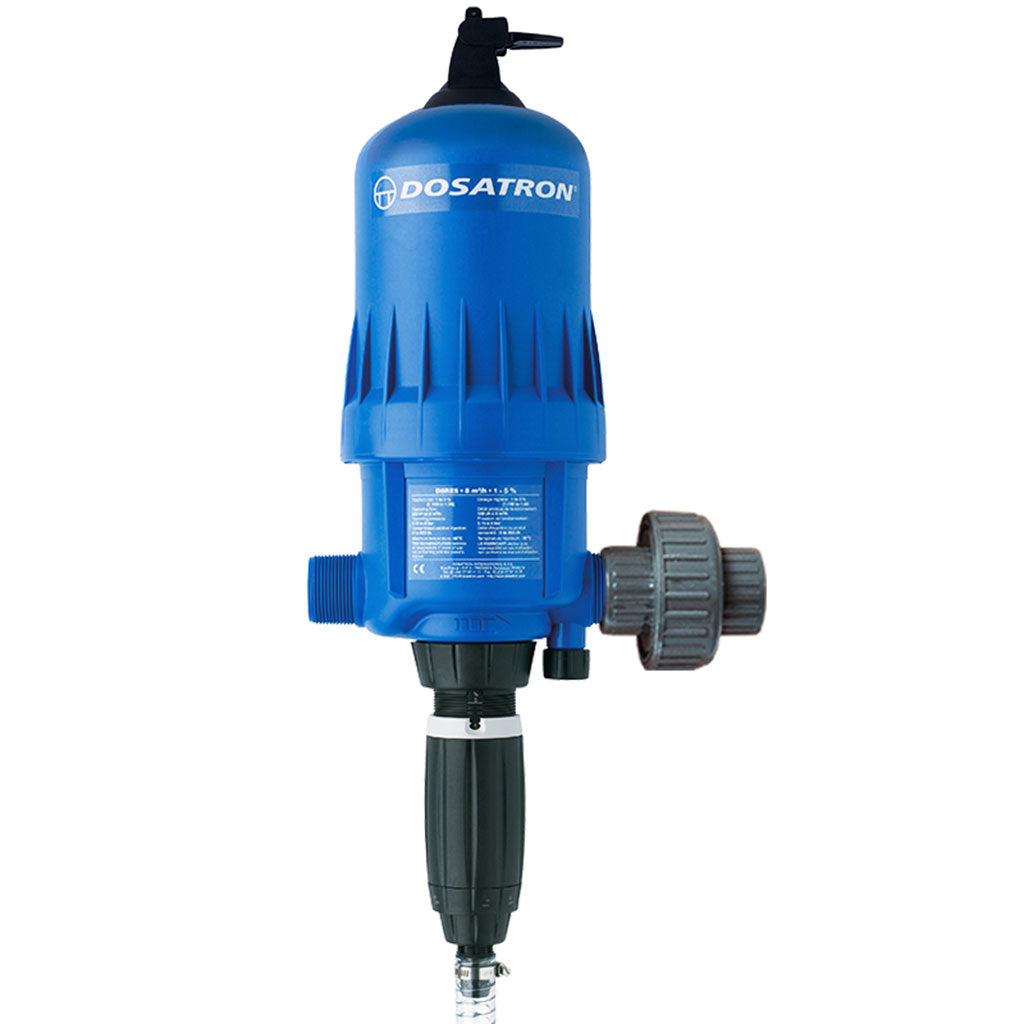General Summary
Composting is a straightforward practice that transforms everyday materials into a beneficial soil amendment. It involves mixing certain household and garden items in a designated spot, while allowing nature to take its course. The resulting rich material supports plant growth by adding essential nutrients to the soil.
Key Elements of Composting:
| Component | Description | Examples |
|---|---|---|
| Brown Materials | Dry substances contributing carbon. | Dry leaves, sticks, shredded cardboard |
| Green Materials | Moist materials that provide nitrogen. | Vegetable scraps, grass clippings, manure |
| Air | Necessary for decomposition, encourages microbial activity and breakdown of matter. | Achieved by regular pile turning |
Getting started requires gathering these elements and having a proper location to combine and process them. Options for this location vary, ranging from a basic outdoor pile to a purpose-built compost bin. The right choice depends on factors like available space and concerns about pests or odor. Urban gardeners often prefer enclosed bins, while those with more land may opt for open setups using materials like wooden pallets.
Selecting a Compost Container:
- Open piles suit spacious, rural sites.
- Wooden structures allow airflow and keep contents contained.
- Enclosed plastic bins or tumblers are practical for small gardens and urban areas, offering ease of use and limiting access for animals.
Maintaining the compost requires routine turning to mix the contents and allow fresh oxygen into the pile. This can be managed with tools such as pitchforks, shovels, or by cranking built-in mechanisms found in some bins. Regular aeration accelerates decomposition, helping organic matter break down evenly.
Composting Steps:
- Collect brown and green materials.
- Add them in alternating layers to the compost container or pile.
- Mix or turn at least once weekly to introduce air.
- Monitor for moisture; compost should be damp, not soggy.
- Allow sufficient time for the materials to decompose fully.
Within a few weeks to a year, depending on what materials are used and how often the compost is turned, the process produces a dark, crumbly product suitable for enriching soil. Timing varies, with some compost ready in about a month and some needing a year.
Some materials should never be included in the composting process. These include meat, bones, dairy products, pet waste, or any items that are greasy or baked. Such materials may attract pests, create unpleasant odors, and can contain problematic substances that harm plants.
Items to Avoid Composting:
- Meat and bones
- Dairy (milk, cheese, butter, etc.)
- Pet droppings or cat litter
- Fatty or oily foods
- Bread, baked goods
- Plastics or synthetic materials
If animal manure is used, careful attention is needed. Only well-aged manure from sources like horses, cows, chickens, or pigs should be applied directly to garden beds. Fresh manure, sometimes called “hot,” contains elevated nitrogen levels that can damage plants, so it must be composted for about a year before use.
Quick Reference for Manure:
| Type | Use Directly? | Notes |
|---|---|---|
| Fresh | No | Too high in nitrogen, may harm plants |
| Aged | Yes, after 1 year | Nitrogen levels drop, becomes safe for gardens |
Choosing the most appropriate compost method and materials results in better gardening outcomes. Compost can serve as a slow-release fertilizer and soil conditioner, helping to nourish plants through all stages, from growth to flowering.
Proper care and observation ensure that compost remains effective and safe. Regular turning, checking the balance of materials, and excluding unsafe items prevent common issues and maintain the quality of the finished product. Efficient composting is accessible to most gardeners and supports a sustainable approach to soil care and plant health.
Frequently Asked Questions
How Can Someone Begin Composting at Home?
To start composting at home, they should pick a suitable location and choose a container or area for their pile. Mixing together greens (such as food scraps) and browns (like dried leaves) is important for balance. Regular turning and keeping the pile moist will help materials break down efficiently.
What Are the Main Environmental Advantages of Composting?
Composting helps reduce landfill waste and lowers greenhouse gas emissions. It also creates a nutrient-rich product that can replace chemical fertilizers. This practice supports healthier soil and encourages beneficial organisms.
How Should Someone Decide Between Using a Pile or a Bin for Compost?
A compost pile is typically better for those with larger yards and fewer space limitations. A compost bin offers a more contained system, which is well-suited for limited spaces and helps minimize pests and odor.
| Feature | Compost Pile | Compost Bin |
|---|---|---|
| Space Needed | More | Less |
| Pest Resistance | Lower | Higher |
| Appearance | Less tidy | More organized |
Which Ways Work Best for Composting in Limited Spaces?
Options for small spaces include worm composting (vermicomposting) and bokashi bins. These methods are compact, efficient, and can often be used indoors or on balconies. Using sealable containers for food waste is another practical solution.
What Are Some Typical Drawbacks or Issues With Composting?
Common challenges include potential odor, attraction of pests, and the need for consistent maintenance. Sometimes the pile may not break down properly if the mix of materials is off balance. It can also take up space and require time before compost is ready to use.
How Much Time Is Needed Before Compost Is Finished?
Compost is usually ready in about two to six months, depending on the method and how often the materials are turned. Warmer weather and regular mixing tend to speed up the process. Finished compost looks dark, crumbly, and has an earthy smell.






















